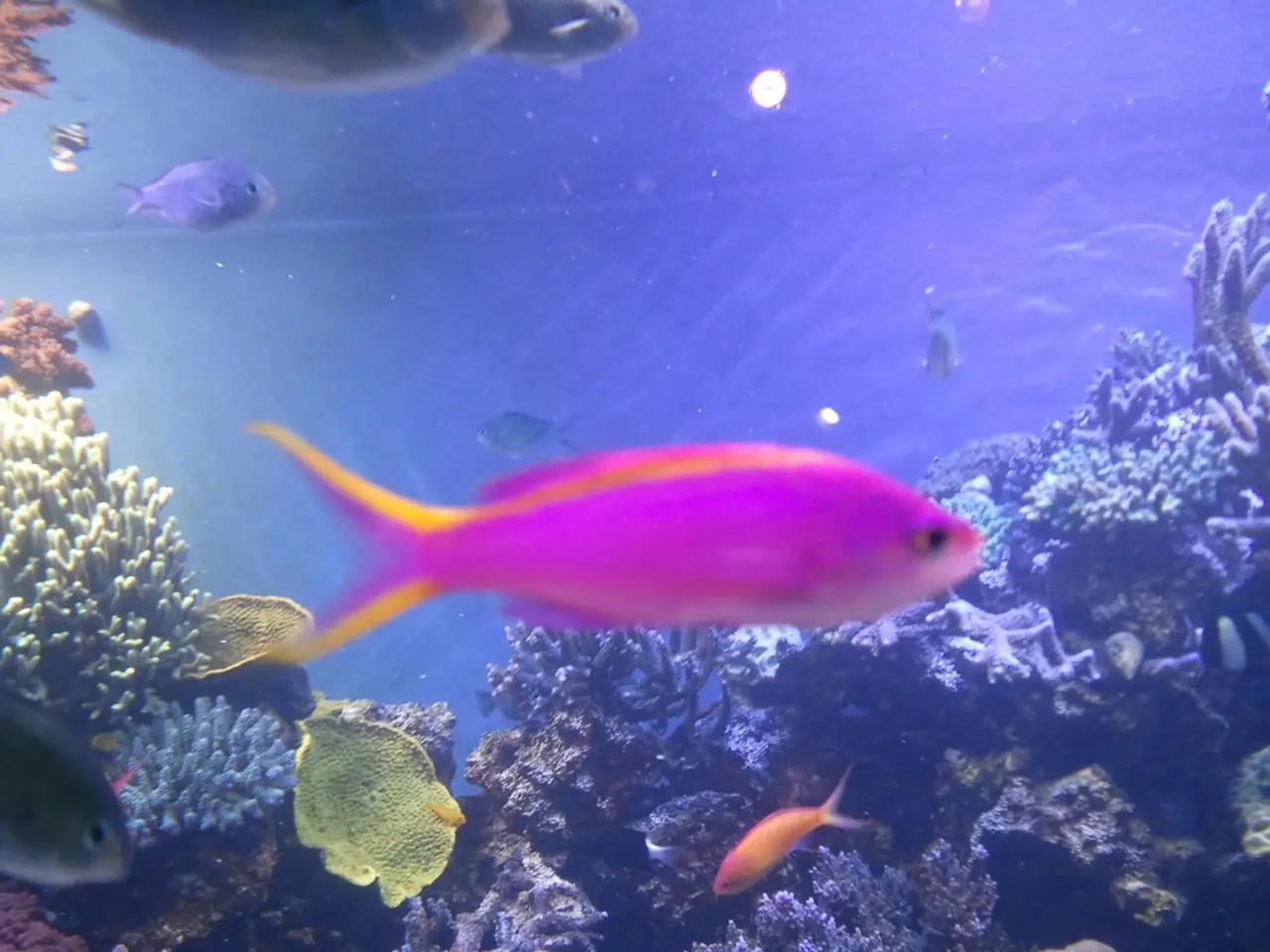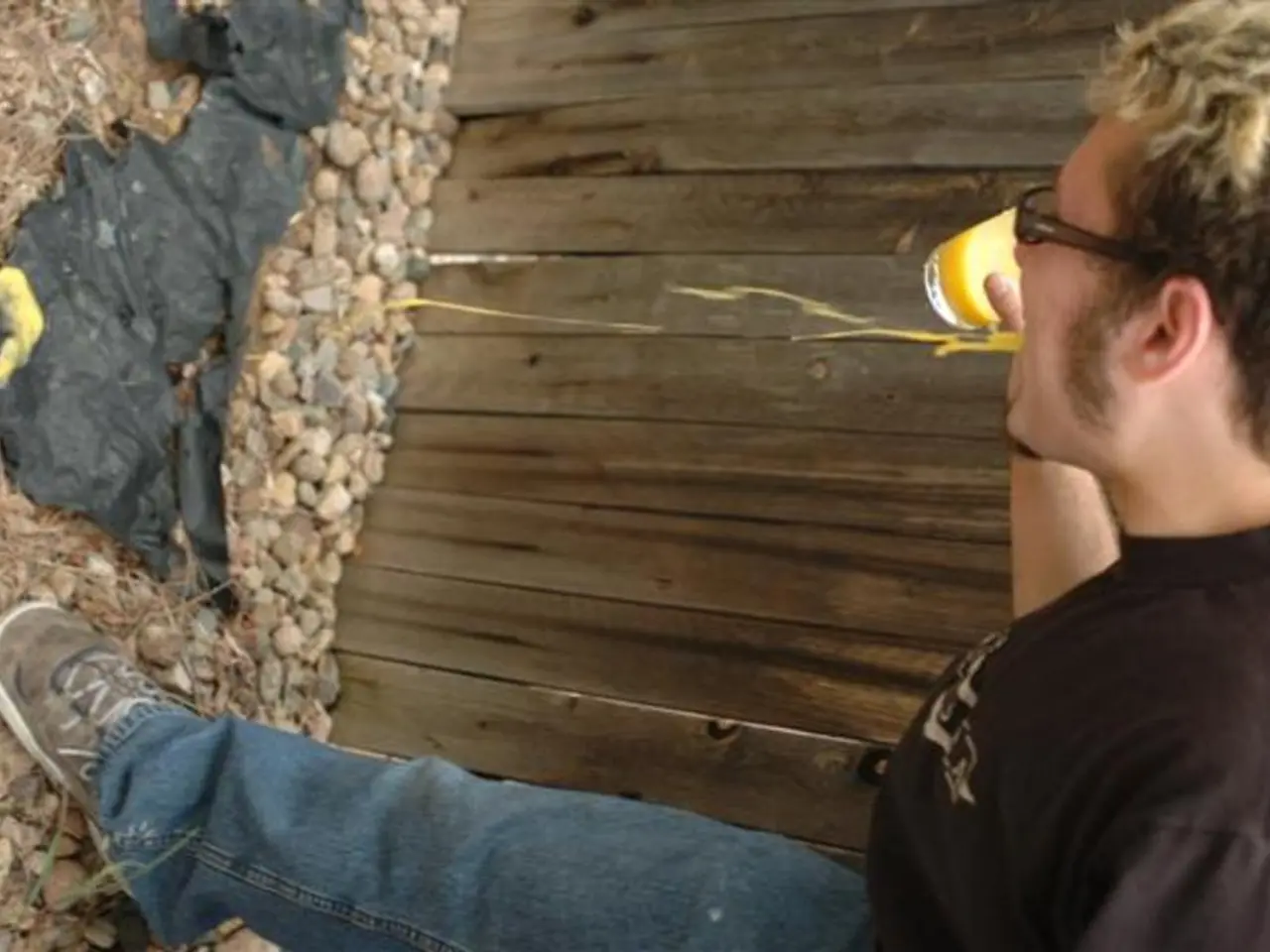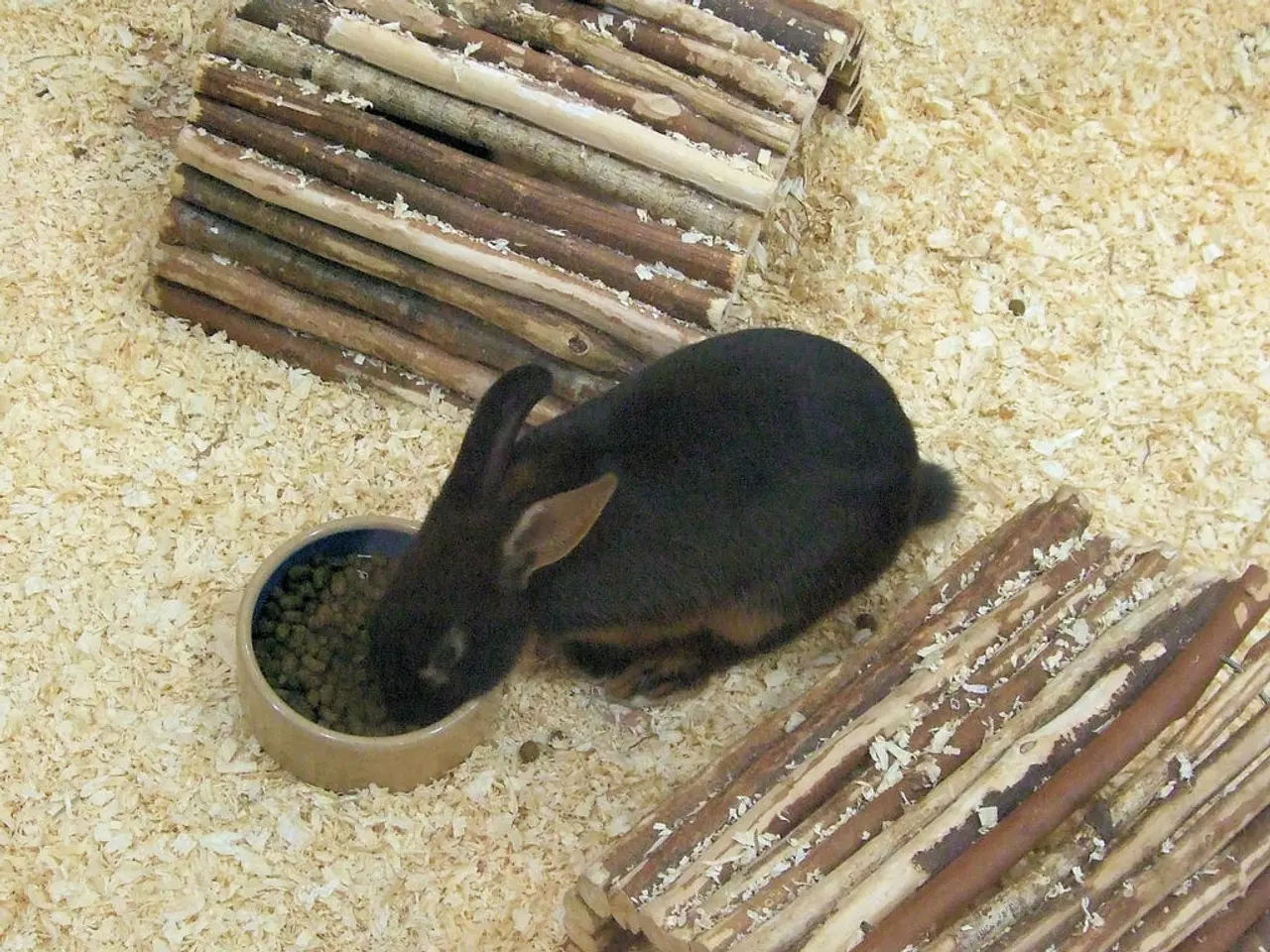South Australian Government Designates AU$28 Million to Combat Persistent Algal Toxin Outbreak
South Australia Battles Unprecedented Harmful Algal Bloom
A harmful algal bloom, caused by the overgrowth of the Karenia mikimotoi species, has been wreaking havoc on the coasts of South Australia since mid-March 2025. This event, characterized as a natural disaster by South Australian officials, has resulted in widespread marine mortality, economic hardship, and disruption to tourism.
The bloom has been primarily attributed to a combination of factors. The natural overgrowth of the Karenia mikimotoi algae has been exacerbated by warmer ocean temperatures and environmental conditions favorable for its proliferation. Susan Close, Minister for Climate, Environment and Water, identified three main factors that allowed the algae to bloom: the 2023 River Murray flood, high pressure systems causing relatively still water, and a marine heatwave that started in September 2024 off the state's coast. Close also stated that these conditions were exacerbated by climate change.
The algal bloom has led to the death of approximately 14,000 marine animals and affected more than 400 species, disrupting marine ecosystems. South Australia's coastal areas and estuarine sites have been significantly impacted, with various marine life such as fish, rays, polychaete worms, estuarine snails, and shore crabs found dead along the coastline and in the Coorong Lagoon.
The bloom's toxicity harms fish by damaging their gills and depleting oxygen in the water as the toxic algae decompose, which suffocates marine animals. This event has had severe consequences for commercial fisheries and aquaculture, particularly in Gulf St Vincent, Kangaroo Island, and Yorke Peninsula, causing significant economic impacts.
In response, the State's Emergency Management Committee of Cabinet has approved an AU$28 million harmful algal bloom support package. This package includes AU$10,000 to support small businesses affected by the bloom, AU$1 million for local government beach cleaning funds, and AU$1,500 in grants for affected commercial fishers and aquaculture license holders. Additionally, AU$14 million will be used for a coastal monitoring network, including sensors, satellites, and modeling, to enhance early detection of harmful algal blooms, accelerate fish population assessments, and create a dedicated response plan for future events.
The economic impacts have not been limited to the fishing industry. The negative impacts on tourism due to visible die-offs and degraded coastal environments have also been significant. The bloom has caused discolored water and foam along parts of the state's coasts, further deterring tourists.
The algal bloom is a dynamic situation, and its movement depends on weather and water conditions, making the effect on people and wildlife unpredictable. The last time Karenia mikimotoi was recorded in the area was in 2014 at Coffin Bay.
Experts warn that the marine heatwave ringing Australia has caused extensive coral bleaching on both the east and west coasts, with high rates of coral mortality. Gretta Pecl, a Biodiversity Council member from the University of Tasmania's Institute for Marine and Antarctic Studies, has stated that this event is just one of several mass coral bleaching events ever recorded, with nearly 84% of the world's coral reef area impacted by bleaching-level heat stress from January 2023 to May 2025.
In conclusion, the Karenia mikimotoi harmful algal bloom in South Australia is a complex issue, caused by a combination of natural algal proliferation, ocean warming, and vulnerable coastal ecosystems. Its effects are extensive, including ecological damage, biodiversity loss, economic hardship for fisheries and aquaculture, and disruption of tourism. South Australia, like many coastal regions around the world, is facing the challenges of climate change and its impact on marine life.
- The harmful algal bloom in South Australia, primarily attributed to climate change, has resulted in devastating consequences for marine biodiversity, affecting over 400 species and leading to the death of approximately 14,000 marine animals.
- The environmental-science community warns that this event is just one of several mass coral bleaching events ever recorded, with nearly 84% of the world's coral reef area impacted by bleaching-level heat stress from January 2023 to May 2025.
- The health-and-wellness impacts of climate change are far-reaching, as seen in South Australia where the algal bloom's toxicity harms fish by damaging their gills and depleting oxygen in the water, suffocating marine animals.
- In response to the algal bloom, the South Australian government has approved a support package of AU$28 million to aid affected industries and promote a comprehensive early detection system for future events.
- Beyond the fishing industry, the algal bloom's negative impacts on tourism, due to visible die-offs and degraded coastal environments, have also been significant.
- South Australia's battling with a harmful algal bloom underscores the urgent need for environmental action and a broader perspective on health and wellness that includes the preservation of nature and wildlife in the face of climate change.




